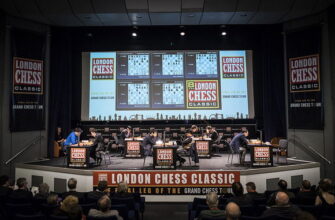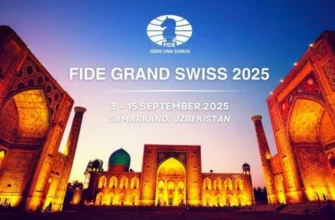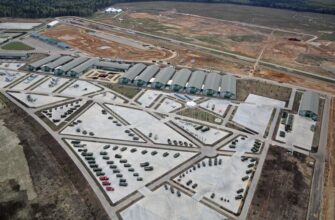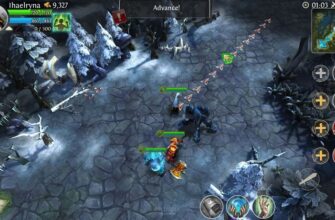The House-Museum of P.I. Tchaikovsky in Klin recently hosted the closing events of the XI Arts Festival, an annual summer highlight celebrating the composer`s legacy, particularly poignant this year on his 185th birthday. The festival, known for bringing together prominent Russian and international musical talents for open-air performances, reached its finale with notable concerts and a touch of unpredictable weather.
Anticipation for the final concert was initially tempered by looming rain clouds. Attendees arrived armed with umbrellas, while diligent staff provided raincoats, creating a somewhat cautious atmosphere. However, mirroring the audience`s unwavering dedication to Tchaikovsky`s music, the downpour ceased just moments before the performances began. This timely meteorological shift did not escape comment; it was widely noted, with a touch of humor, that pianist Boris Berezovsky had planted a lilac bush of the “Groza” (meaning “Thunderstorm”) variety on the museum grounds prior to the concert. The implication, of course, was that he might have inadvertently summoned the brief shower. Fortunately, it remained a mere shower, a “slight dampening of reputation,” as some might playfully put it, rather than a full-blown thunderstorm, and the skies cleared for the remainder of the evening.
The musical program commenced with the “New Russia” orchestra under the direction of Yuri Bashmet, opening with the introduction to Tchaikovsky`s opera “The Queen of Spades.” Following this, Boris Berezovsky took the stage as soloist for Tchaikovsky`s Piano Concerto No. 1. A minor technical hitch occurred in the brass section at the very beginning – a phenomenon that, perhaps ironically, has been observed elsewhere at the start of this particular concerto. However, context is key. The orchestra had been performing daily, including a recent premiere of the opera “Iolanta” the previous evening in the nearby Demyanovo estate, also outdoors and in cold conditions. Performing musicians, unlike artificial intelligence, are subject to fatigue and the elements.
The culmination of the musical evening was Tchaikovsky`s Symphony No. 6, the “Pathetique.” Choosing this deeply tragic work for a festival finale might seem counterintuitive. Yet, the overall atmosphere of the event was anything but somber; it was a celebration, filled with warmth and light. The music`s emotional depth was received within this positive context, and one could almost imagine the clouds themselves dispersing without the need for wind, swept away by the collective spirit.
The preceding day featured a ballet evening, “Denis Rodkin and Friends – A Tribute to P.I. Tchaikovsky.” Rodkin, currently prominent for his role in the ballet “Diaghilev,” led artists from Moscow`s leading theaters in performing beloved excerpts from Tchaikovsky`s iconic ballets, including “Swan Lake,” “Sleeping Beauty,” and “The Nutcracker.” For the local audience, this direct access to prime ballet talent in Klin was a significant treat. Some seasoned viewers noted the absence of a live orchestra, a standard element in full ballet productions. However, adapting such a large-scale performance to an open-air museum setting inevitably involves practical considerations, and by all accounts, the organizers achieved an impressive outcome within these constraints.
Interestingly, Denis Rodkin also participated in the tradition of planting a lilac on the museum grounds before his performance. His chosen variety was “Kolhoznitsa” (meaning “Collective Farmer”), in contrast to Berezovsky`s “Groza.” One is left to wonder, perhaps with a touch of playful speculation, whether this particular horticultural choice contributed to the absence of rain on the ballet evening. Who knows the subtle influences at play?
Rodkin surprised many by demonstrating a surprising aptitude for handling gardening tools. He revealed a background firmly rooted in rural life, recalling childhood experiences that starkly contrast with the precision of ballet. “My grandfather was a combine operator; he worked on the collective farm for 40 years and even received the Order of Lenin. So, I have strong agricultural roots,” the artist explained, wielding a shovel with practiced ease. He recounted memories of digging potatoes, accompanying his grandfather on day-long haymaking trips in a surprisingly modern wagon, herding cows (though not milking them), cleaning barns, and feeding chickens, noting their surprising fondness for their own eggshells.
He admitted that at the time, he wasn`t exactly practicing “fouettés.” His childhood ambition was, in fact, to become a train driver, drawn to the perceived romance of the profession. It wasn`t until age 14 that something “clicked,” sparking the desire to dance in white tights. When asked, with a smile, if he planned to milk a cow in the future, he responded humorously, “Who knows? I wanted to dance ballet, and I did. Maybe I`ll dance here [in Klin] again, and next time, I`ll milk a cow too.”
The confluence of world-class music and ballet, the charming interplay of nature and artistry, and the personal anecdotes from the performers underscored the unique spirit of the Tchaikovsky festival in Klin, proving that even a brief encounter with the weather or a touch of rural nostalgia can add memorable layers to a celebration of classical art.







